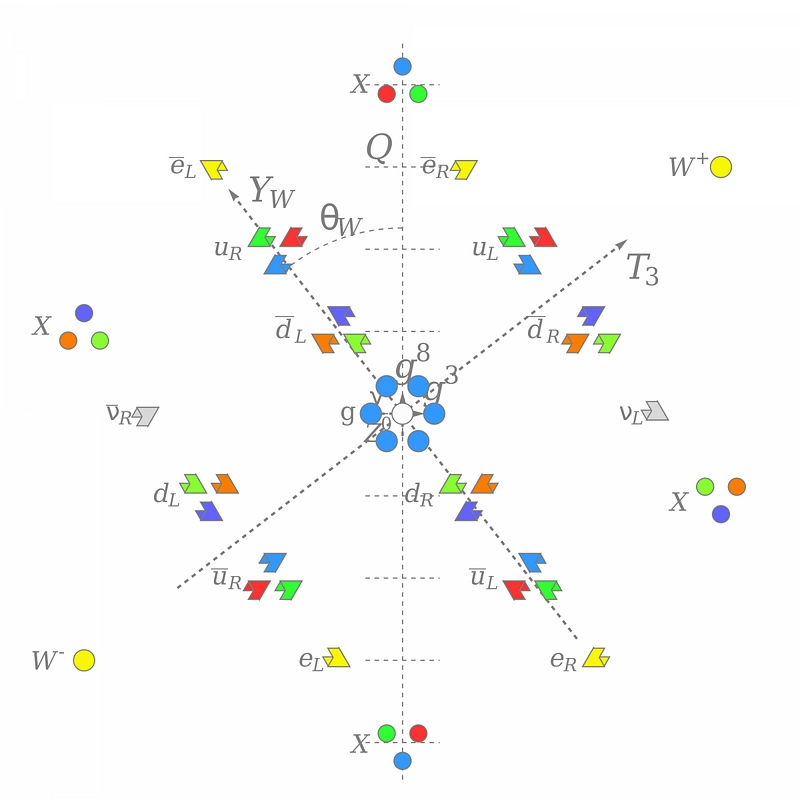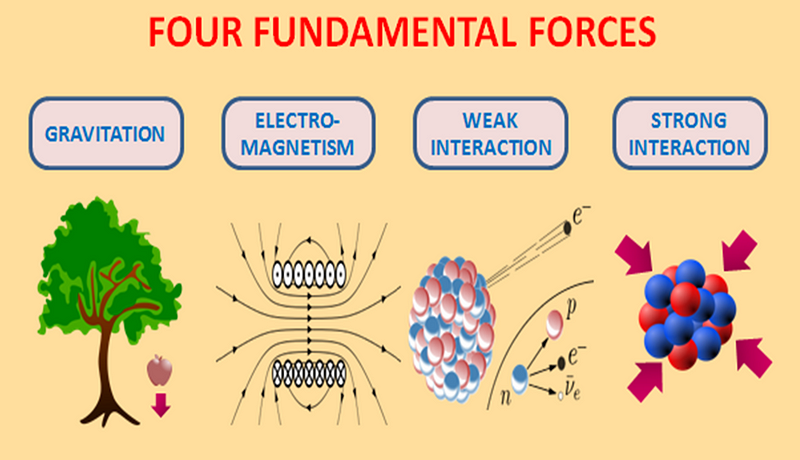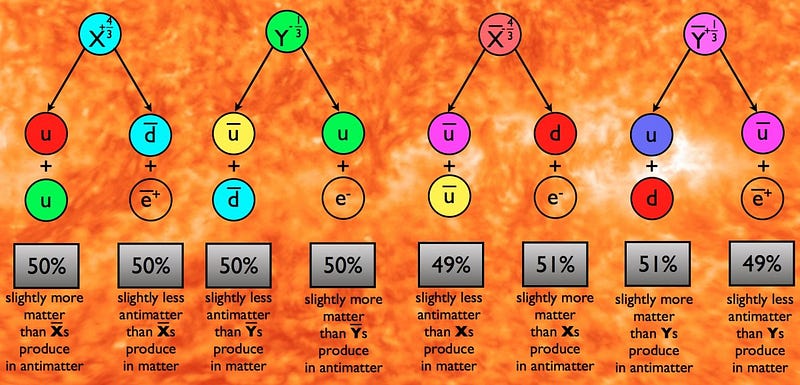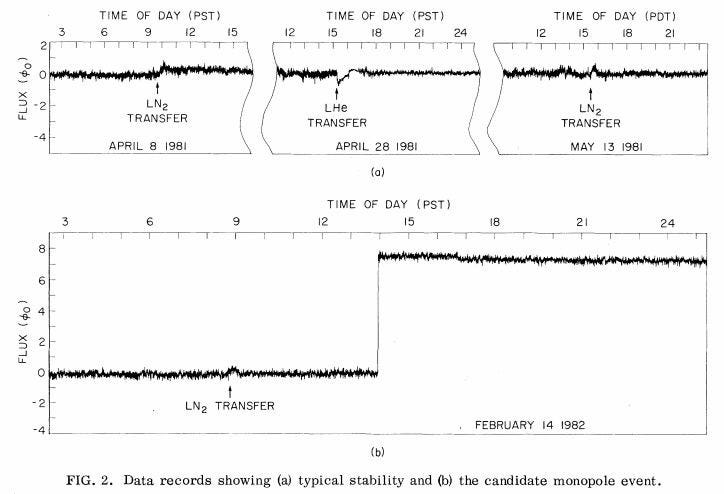Grand Unification May Be A Dead End For Physics

The idea that there might only be one fundamental force might be a fundamental mistake.
“Even if there is only one possible unified theory, it is just a set of rules and equations. What is it that breathes fire into the equations and makes a universe for them to describe?” –Stephen Hawking
There’s a beautiful, elegant idea that’s out there in physics: that everything we see, perceive, and interact with in this Universe is just a different manifestation of the same fundamental force in some way. Advances towards this end have appeared before: the discovery that the scores of different atoms were all made of protons, neutrons and electrons; the discovery that just four fundamental forces (the gravitational, electromagnetic and strong and weak nuclear forces) were behind every single phenomenon in the Universe; the further discovery that a single equation (the Standard Model Lagrangian) perfectly described three of them, and even unified two of them — the electromagnetic and the weak force — into a single force: the electroweak force. Could there be a single, unified force that all the different forces are just different manifestations of?

Unification was originally a dream of Einstein’s, among others. Maxwell had unified the phenomena of electricity and magnetism into a single one (electromagnetism), and there was hope that there may be an even more fundamental conception than that. Back when there were only two known forces, General Relativity (gravity) and Maxwell’s equations (electromagnetism), unifying them into a single, classical framework was the goal of a great many top theorists of the day. For a time, it seemed that nature was getting simpler and headed towards fewer — not more — fundamental components to the Universe. Yet in quick succession in the 1920s, 30s, 40s and 50s that began to fall apart:
• New subatomic particles, the muon, the neutrino and a whole slew of mesons began to be discovered.
• Quantum mechanics, radioactivity and nuclear fusion and fission brought not one but two new fundamental forces: the weak and strong nuclear forces.
• And deep inelastic scattering experiments began to reveal that even protons and neutrons has component structure to them: the quarks and gluons.
By the end of the 1960s, it had become clear that there were dozens of fundamental particles, governed by four independent forces that were quite distinct from one another.

At very high energies, however, around ~100 GeV (or approximately 1013times the ambient energy at room temperature), the weak nuclear force and the electromagnetic force quite clearly become two different manifestations of the same fundamental force. You might ask, then, if it’s possible that at even higher energies, the other forces unify? The first one to consider is the strong nuclear force, since it’s also a part of the Standard Model like the electromagnetic and the weak force. There are a few facts that seem to support this idea:
• The charges of the proton (governed by the strong force) and the electron (governed by the electromagnetic) cancel exactly, hinting that there might be some symmetry there.
• The coupling constants for the strong, weak and electromagnetic forces, which change as a function of energy, almost meet at one single, high-energy point if you extrapolate to higher energies.
• And the additional physics that this unification brings along with it allows potential solutions to problems like why neutrinos have small-but-nonzero masses and why the Universe has a matter-antimatter asymmetry.

It’s an incredible, tantalizing idea. In fact, before string theory was the major theoretical game in town, grand unification and grand unified theories (GUTs) were all the rage. But there are some big problems with these ideas, too. For one, the new particles that were predicted were of hopelessly high energies: around 1015 to 1016 GeV, or trillions of times the energies the LHC produces. For another, almost all of the GUTs you can design lead to particles undergoing flavor-changing-neutral-currents, which are certain types of decays forbidden in the Standard Model and never observed in nature. Another prediction of almost all GUTs is the existence of proton decay, on timescales of around ~10^30 years. You might think, since our Universe is only around 14 billion years old, this isn’t a concern. But if you can get ~10^30 protons together and wait one year, you should see a decay, because decays work probabilistically.

Detectors like Kamiokande and its successors are sensitive to this exact type of decay, and we fill them with water (containing two protons in the form of hydrogen atoms for every molecule) and wait. We’ve determined, experimentally, that if the proton does decay, it has a lifetime of at least ~10^35 years, meaning that most GUTs — including the simplest one — are ruled out. And the story gets worse from there, if you take a skeptical look at the facts. The single “point” that the three forces almost meet at only looks like a point on a logarithmic scale, when you zoom out. But so do anythree mutually non-parallel lines; you can try it for yourself by drawing three line segments, extending them in both directions until they all intersect and then zooming out. The small-but-nonzero masses for neutrinos can be explained by any see-saw mechanism and/or by the MNS matrix; there’s nothing special about the one arising from GUTs. And the explanation for the matter-antimatter asymmetry would result in an overproduction of magnetic monopoles as well, which are not observed to exist in our Universe.

It may still turn out that grand unification is correct, and that it’s an important step on the road to a Theory Of Everything: the ultimate holy grail of many theoretical physicists. But it may also turn out that nature doesn’t unify at high energies, and that our biases towards simplicity, elegance and more unification is completely wrongheaded and has nothing to do with our physical Universe. In science, as in all things, we cannot afford to be driven by our own preconceptions of how things ought to be. Rather, we owe ourselves to view the Universe exactly as it is, and to listen to the story it tells us about itself. It might not be comforting, especially initially, but other than the motivation brought on by electric charges being the same across quarks, leptons and bosons, there’s no compelling reason to think grand unification is anything other than a theoretical curiosity and a physical dead-end.
This post first appeared at Forbes, and is brought to you ad-free by our Patreon supporters. Comment on our forum, & buy our first book: Beyond The Galaxy!





